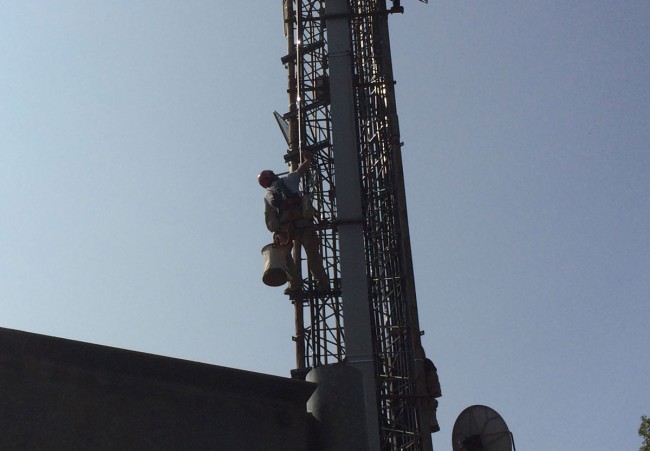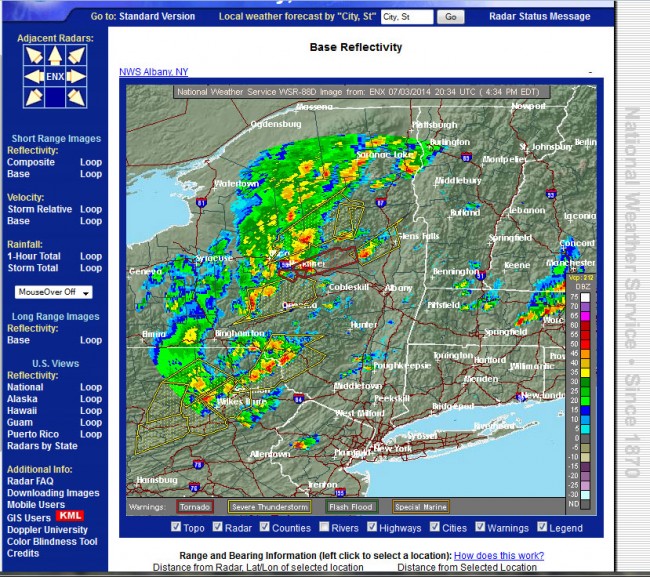No two days are alike. Sure, there are days that are similar in nature, office work, filing, FCC compliance, etc. However, there is always something different, some new problem, person, fault, error, client, site or situation to deal with. It helps to be well-versed.
So, when the tower climbers started climbing a 1,000-foot (304 meters) tall tower to find a damaged section of the transmission line, I thought it; Just a routine day.
Even when they encountered a hornet’s nest at 50 feet (15 meters) AGL, still, fairly routine:

Tower climber A received a nasty bee sting to his left arm. He climbed part way down the tower and is in the lower part of the picture hugging the tower’s face. Tower climber B moved up and killed the nest with Wasp and Bee killer. All is well and work resumes, right? Except, no. Tower climber A is apparently allergic to bees. He states he is not feeling well and his arm begins to swell up. He comes down the tower and I start looking for Benadryl.
Now, we have a problem. This is a mountaintop tower site, there is a long dirt road with a locked gate at the bottom of the hill. There is almost no way an ambulance will be able to find its way up here. The tower climber says that he has not been stung in many years. I also notice his face is beginning to swell up. Right, so lock the door, in the truck and get to the bottom of the hill as fast as possible. It took about five minutes, but at the bottom of the hill, we were in a much better position if things got worse and an ambulance needed to be called. Fortunately, his condition was the same, so we drove to an urgent care facility where he was treated.
Benadryl, is something else to add to the go bag.
Always keep ahead of the situation. Even if we drove to the bottom of the hill and his symptoms completely disappeared, it still would have been the right decision.



